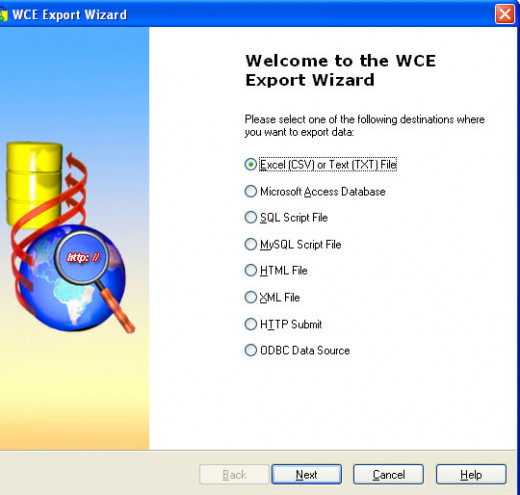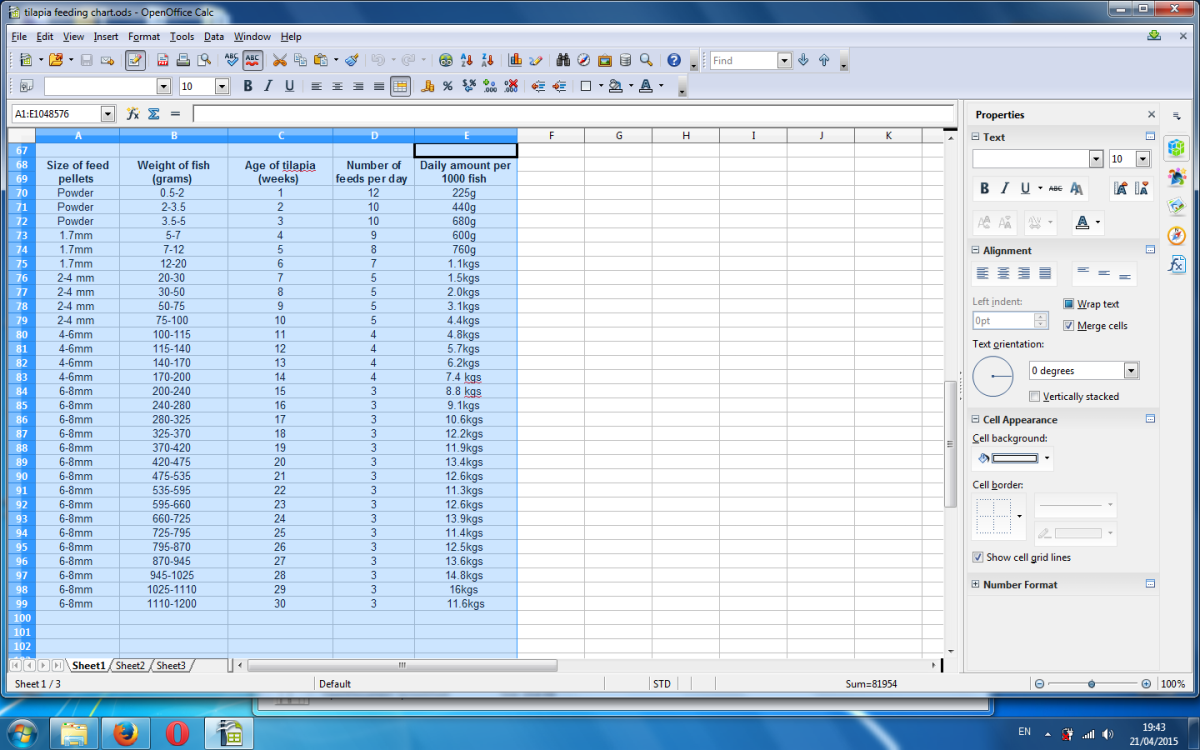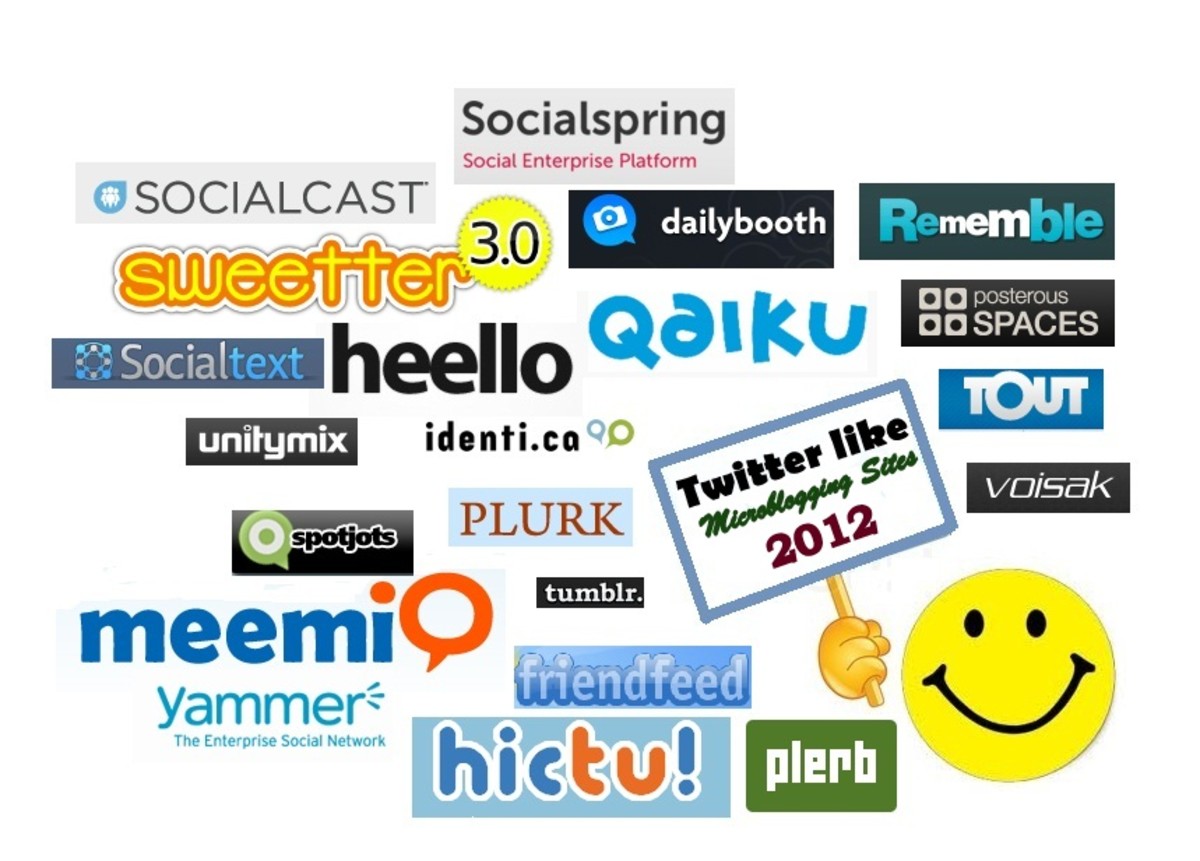What to Do About Stolen Blog Website Content / Articles

Around 2009 I got an email from a daily reader of my blog that completely floored me. This reader had accidentally typo-ed my url and ended up on an IDENTICAL WEBSITE! Not only was ALL of my content stolen, but the entire site was…MINE, with the only difference being the insane amount of advertisements and popups. This situation was horrifying. I had no idea where to begin or what to do, all I knew was that YEARS worth of work was on someone elses site…someone representing it as their own and making money off it and the icing on the cake was my own articles competing with my own articles! Grrrrrrrrrrr.
Then things got worse, the more I looked, the more I began finding my content all over the internet. Of course it was pretty easy to spot some of these hack-job websites that had simply went to my site and “copied and pasted” my content onto their site, but other sites contained so much of my stolen content as well as other peoples stolen content...THEN...
I come to discover that multiple websites are taking my personal photos from Facebook and such and making them into computer backgrounds! Good grief! Where does this end?!
…it was confusing. How does anyone have the time to copy and paste this quantity of articles and photos? Hmmmmm… it was time to let the research begin!
BLOGGING VERSUS AUTOBLOGGING
I quickly came to my first revelation: “autoblogging”.
Blogging (or writing content in general) is something that takes thought, time and is a “job” that the author strives to succeed at.
“Autoblogging” is outright THEFT. Unlike Blogging, Autoblogging consists of the website owner doing… NOTHING … nothing besides STEALING CONTENT. Autoblogging programs can be purchased for around $50 - $100. Once purchased, the user inputs the RSS feed that he/she wants to steal all of the content from. Then, each time the legitimate authors publishes a new piece of content, it is “automatically blogged” onto the thief’s website.
CONTENT SCRAPING
Like Autoblogging, Content Scraping is another way to steal work without permission. Content Scraping involves either manual copy and pasting or uses more sophisticated techniques, such as special software, HTTP programming or HTML or DOM parser.
While autoblogs work by republishing RSS feeds, content scraping works based on keywords. Content Scrapers are looking for quality content that is built around a niche.
Content Scraper Program Examples:

As you can see from the above illustration, Content Scraping programs work by taking information for the internet then delivering it to the user in a variety of different ways. The information could be published directly to the web or placed into a file.
Programs that allow a user to Content Scrap range in price and offer different capabilities:

For only $99, the above program states "Do you have to extract large amounts of data from various web sites but manual copy-and-paste operations make you feel sick? Then it’s time to try Web Content Extractor!".
All the user has to do is select what they would liked scraped and the program does the rest. The user also designates how the content will reappear:

As you can see, the content is now web-ready, with no "work" on the scrapers end. Here's another example of a web scraping program:

For only $49, "Visual Web Spider is a multithreaded web crawler, website downloader and website indexer. It allows you to crawl websites and save webpages, images, pdf files to your hard disk automatically. It can extract text from HTML code between specific HTML tags and save it to a local database."
FIGHTING BACK AGAINST DUPLICATE CONTENT
There's no reason you should have to stand for your work being stolen. There's several methods you can use to fight back:
CONTACT THE SITE
If you have one particular site that is ripping off mass quantities of your work, you can try to email them directly and inform them that they have 10 days to remove ALL of the content taken from (your URL here), or you will be taking legal action. Do not make any "threats", just be very clear that you are the owner of the content and (thief's url) was never given permission to republish your content. * Keep all emotions out of it and stick to facts only.
To my surprise I have gotten a few stolen-content-sites to respond promptly. They both claimed the same thing; "I didn't know I couldn't use this content"... but regardless, the content was removed.
GOOGLE DUPLICATE CONTENT REMOVAL REQUEST
To report stolen content to Google you can login to your Webmaster account and go to the section to Report Spam.
Google first suggests that you review your problem prior to reporting spam:
Copyright and other legal issues
Other Google products Rich Snippets
IF you still wish to Report Spam, you can then continue to the Report Spam to Google Page.
USE THE GOOGLE CHROME SPAM PLUGIN
FILE A COMPLAINT WITH YAHOO
FILE A COMPLAINT WITH BING
FILE A DMCA COMPLAINT
You can file a DMCA Complaint here. (You may also check out this article about How to File a DMCA Complaint).
BEFORE YOU FILE A COMPLAINT...
Is the website in question an "Aggregation Site"? An Aggregation Site still "steals" content, but they do not take full articles; instead they ripoff your first paragraph then provide a link to the full content on your site. This is often viewed as "Fair Use" and you stand little chance of having your content taken down from their site.
FILE A COMPLAINT AGAINST A WORDPRESS CONTENT STEALER
If your content is being stolen on WordPress, you can file a complaint directly with WordPresss here.
FILE A COMPLAINT AGAINST A BLOGGER.COM SITE
If you find your content is being republished on a Blogger.com / Blogspot site, you can file a complaint against that specific Blogger site here.
IN CLOSING...
In closing, fighting against content theft is time consuming and can be difficult. If the thief has taken a single article or two, the best thing to do is to use the links to quickly report it. If the culprit has taken a ton of content, then I would suggest sending them a brief letter then reporting it under the DMCA laws. Just keep in mind how much time you are spending involved in fighting back. It is very easy to become overwhelmed with fighting off content theft and forgetting to keep writing. A lot of these sites may not even be competing with your REAL content due to them not appearing in searches.
HAS YOUR CONTENT BEEN STOLEN?
CHECK OUT MY OTHER ARTICLES
- How to Use YouTube Video Editor 2013
An easy guide to using the 2013 YouTube Video Editor System - For FREE! Nothing to download! Edit your videos with ease through the YouTube.com video editing system! - How to Stop Harassing Phone Calls from Google Voice ...
Google Voice is a service that allows users to make phone calls from a number other than their cell phone or landline. But what happens when the service is abused? Stop Harassment from Google Voice! - What to Do if Yahoo Email Has Been Hacked
How to tell if your email has been - Received Domain Renewal Email to Fax 212-913-9858 SC...
Have you gotten a suspicious letter / email stating you must renew your domain name immediately via fax with your credit card information? Before you worry, read this article! - HubPages.com HTML for Beginners Guide Tutorial For M...
Even if you have NEVER used HTML before, this guide will make you a professional-beginner! - How to Make the Most Money HubPages.com Complete Gui...
The stuff nobody else will tell you! How to create Content that Makes Money: Secrets, Tips and Tricks. This Guide will give you all the info you need to be a SUCCESSFUL online author! - Online Dating: How to Research and Investigate Befor...
After you meet Mr. or Ms. Perfect on Match.com, PlentyofFish.com or other online dating sites, before you meet, do your research! Simple investigating using the internet can be a real eye-opener! - Why Gmail is Perfect for Staying in Touch with your ...
Once you read story this you will begin to understand how Gmail can make your life so much simpler. By just using it to contact customers and tips on how to get customers info the right way. - CHASE Bank Account Hacked: Banking Fraud
It happens when you least expect it - a sudden withdrawal or charge that you have no knowledge of. It can quickly become the scariest moment of your life - OR it could all be a scam. READ THIS FIRST! - What to Do if Yahoo Email Has Been Hacked
How to tell if your email has been - How to Stop and Report Facebook Harassment Stalking
Cyber Bullying is everywhere; from Google Voice to Twitter to Facebook - learn how to identify Facebook harassment and report it. Harassment is not legal and you do not have to take it! - Paid To Write: Squidoo VS HubPages
The ultimate battle of the popular PAID TO WRITE sites - which makes more money? Which is easier to use? Is it worth your time? A complete Battle-to-Death! - How to Make a Taco Bell Cool Ranch Doritos Taco Copy...
Are you in love with the new Cool Ranch Doritos Taco from Taco Bell? Learn how you can make this awesome Copycat recipe at home! - What to Do if Your Google Gmail Has Been Hacked
Has your Gmail account been hacked? How to tell if you have indeed been hacked and how to solve the problem as quickly as possible






